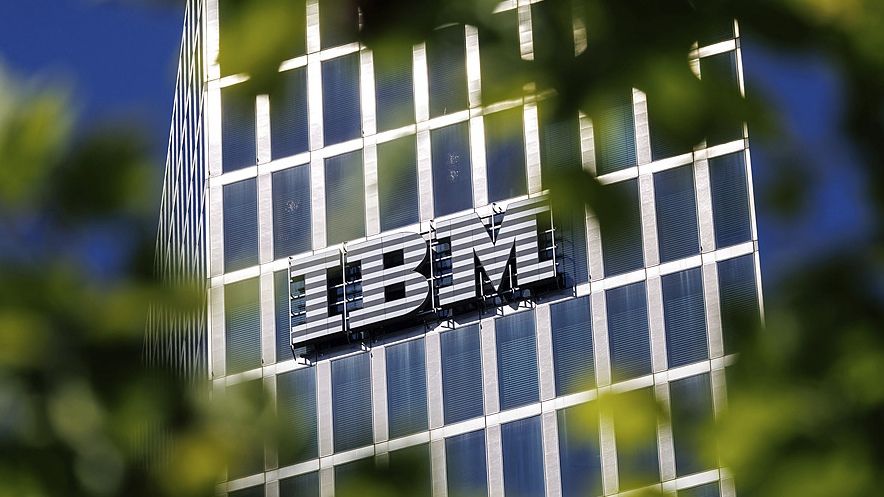International Business Machines Corporation (IBM) has launched a comprehensive digital asset platform called “Digital Asset Haven”.
According to Bloomberg, the platform aims to enable financial institutions, government bodies, and corporations to develop and scale blockchain-based services. The solution provides a unified system for managing the full digital asset lifecycle. This ranges from secure custody and transaction routing to settlement, while embedding compliance controls and modern security protocols.
How the Platform Works
IBM collaborated with digital wallet infrastructure provider Dfns. This is to deliver a platform that integrates institutional-grade custody, robust policy-driven workflows, and multi-party authorization for regulated operations across more than 40 public and private blockchains.
The new platform responds to the growing demand for regulated, secure access to tokenized assets, stablecoins, and blockchain-powered financial instruments.
With strict requirements for identity verification, anti-money laundering (AML) checks, and governance, Digital Asset Haven is a software-as-a-service solution that could launch in Q4 2025. Hybrid and on-premises deployments aim for 2026, supporting clients seeking to integrate blockchain utility.
Additionally, the clients plan on meeting operational and oversight mandates already familiar in banking and capital markets.
IBM Bridges TradFi and Blockchain Infrastructure
The platform underscores IBM’s ambition to act as a core technology provider. This is as traditional finance converges with Web3 and tokenized economies. The platform offers programmable approval processes, confidential asset custody (leveraging Multi-Party Computation Hardware Security Modules), and secure settlement tools that meet the standards of legacy banking rails.
Integration with Dfns infrastructure also brings proven expertise (over 15 million wallets for 250+ institutions) and real-time adaptability to evolving regulations.
Clients could benefit from streamlined onboarding, flexible asset management, and access to on-chain yield. These would all be within a governance framework recognized by global regulators. This suite of features aims to support diverse use cases: from cross-border payments and asset tokenization to government-backed blockchain services.
IBM’s entry into institutional blockchain services comes at a time when organizations are seeking production-ready digital asset solutions that offer the transparency and security of traditional financial systems.
As demand grows, Digital Asset Haven could facilitate the shift from experimental blockchain pilots to standard enterprise deployments and set the tone for mainstream integration in the years ahead.
READ MORE: Is Pi Network Dead Now and Can it be Saved?










